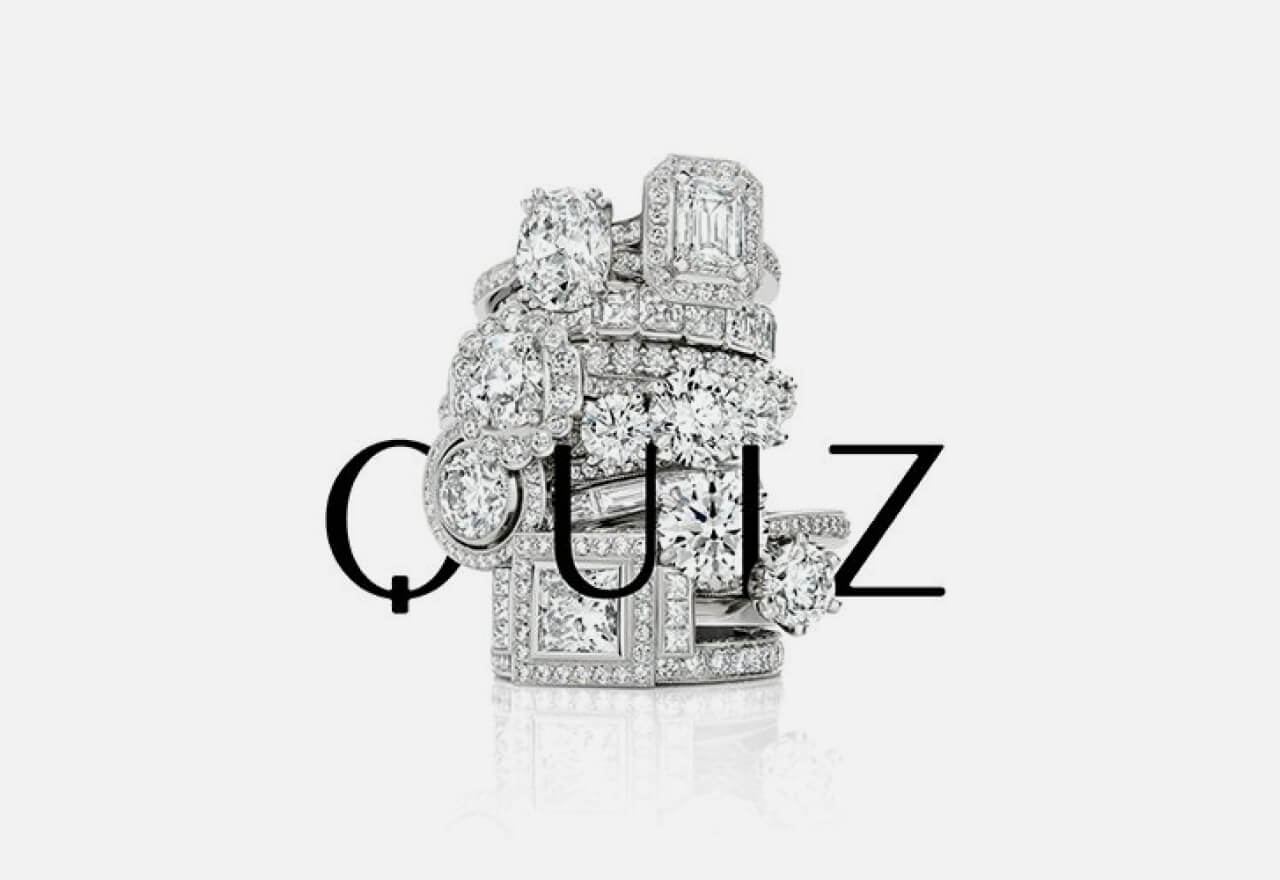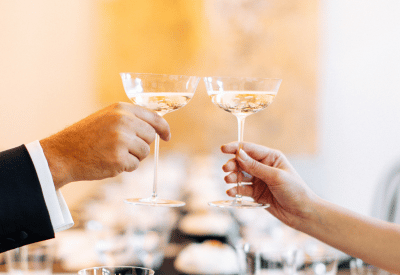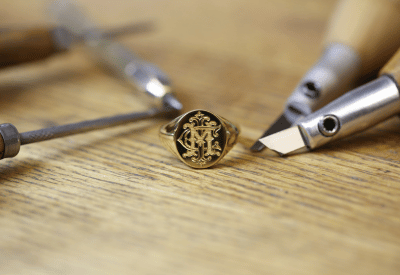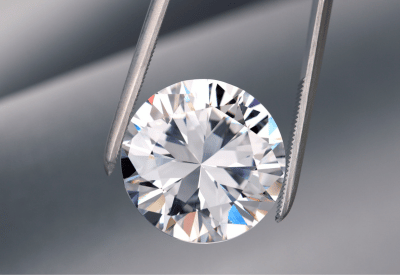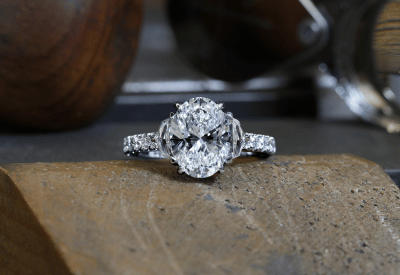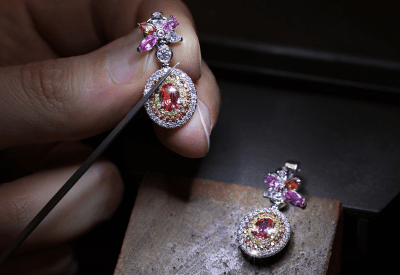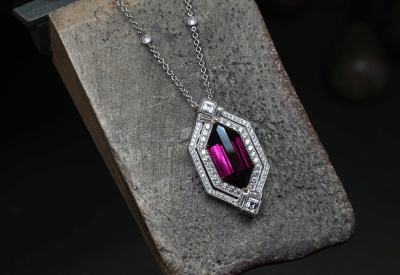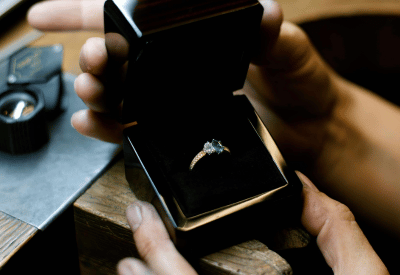
1. Champagne Coupes have continued their popularity over recent years and are chosen more extensively in the world’s top bars and private homes, but are coupes a better way to experience Champagne over flutes?
Champagne coupes are simply stunning!
But when it comes to serving and savouring Champagne in its pure form, a flute remains the recommended ‘vessel’. A larger, tulip shaped Champagne glass is our favourite, as it allows for the Champagne to breath and for a perfect perception of the aromas and flavours.
For Champagne cocktails, coupes provide terrific visual presentation options and are very on-trend.
 Pommery Vineyards. Image via @champagnepommery
Pommery Vineyards. Image via @champagnepommery
2. While personal taste and appreciation differs, what sensorial and taste elements can we become more conscious of with our Champagne moments?
Champagne is luxury, and luxury demands etiquette.
It all starts by how to store these beautiful gems after purchase, so the quality remains optimal at all times. For those lucky enough to have a grand cellar or wine fridge at home this will be easy, but otherwise it is recommended to store your Champagne horizontally and in a dark sufficiently humid place. Large variations in temperature, heat and sunlight are Champagne’s worst enemies.
Once you’ve decided it is the perfect time to open one of these precious bottles, it should be chilled in a gradual manner. A freezer is simply out of the question, but one hour in an ice bucket filled with ice and a little bit of water or two hours in a fridge will bring the Champagne to perfect temperature.
For a non-vintage we serve between 8 and 11 degrees and usually slightly warmer for a vintage, between 10 and 13 degrees Celsius.
Once the bottle is chilled, the theatre can commence!
Opening a bottle of Champagne should be a controlled and elegant process. We first remove the foil around the cork and try not to damage the remainder too much. The cork wire is loosened (precisely 6 turns) and does not need to be removed. For safety reasons we do not take our hand off the cork once the wire is untied, as the pressure inside the bottle is immensely high. We hold the cork in one hand, turn the bottle 35-40 degrees and with our other hand at the bottom of the bottle, we slowly rotate it until you hear a gentle ‘pop’.
The selected Champagne glass can remain upright on the table and with a steady hand we slowly pour the Champagne into the glass until half or ¾ filled.
Whilst enjoying your Champagne the glass is best held at the stem, so it doesn’t warm too quickly.
Savour and create wonderful memories!
When it comes to tasting Champagnes, only one thing really matters and that is that you love it. A non-vintage should be well balanced with a good level of acidity and be light, refreshing, and elegant. In colour often pale yellow with hints of green. And the smaller the bead (bubble) the better the quality.
In general, I personally prefer as aperitif style to have a blend of the three grape varieties which are used in Champagne - Chardonnay, Pinot Noir and Pinot Meunier, or a Blanc de Blancs, which is 100% Chardonnay. It just lingers in the mouth and pairs beautifully to oysters, any light canapé or entrée dish.
For the vintage and prestige Champagnes there is a whole world to discover - colours that vary from gold to straw, and notes of almonds, pear, brioche and even spice. Allow an older vintage to breath and open up to fully experience what the wine has to offer.
The Pommery Cuvée Louise Brut for example, of which the current vintage is the 2004 - so nearly at ‘graduation’ age, is often described as a Champagne that just keeps giving. Incredible length and a journey for the palate. You can enjoy a prestige cuvee just on its own, lavishly with caviar, but it’s also not shy of a more robust dish such as wagyu beef or duck confit.
 Pommery Vineyards. Image via @champagnepommery
Pommery Vineyards. Image via @champagnepommery
3. How does ratio and selection of grape variety influence taste? The price-point of rosés position this variety above others – are rosés the Champagne pinnacle?
Each grape used in Champagne has its purpose and influence on the style and flavour profile.
The Pinot Noir brings a backbone and body to the wine. It creates distinctive aromas of red berries and provides good structure. 38% of the vineyards in Champagne are planted with Pinot Noir. The Pinot Meunier creates roundness and fruity characters, but tends to age more quickly (32% of the plantings) and the Chardonnay, last but not least, is the true queen of the grapes - yielding delicacy, notes of flowers, citrus and minerality. The Chardonnay grape produces wines that are built to age (30% of the plantings).
Rosé Champagne is.. rosé Champagne. It has allure, is sensual, and expresses extreme delicacy. It comes at a higher cost which is due to a more labour-intensive production method – either blended (assemblage) or ‘bleeded’ (saignée). The latter being a method where the black grapes are squeezed a little more during the pressing procedure. Rosé Champagne often has more prestige and is far more limited in availability.
 Pommery Vineyards. Image via @champagnepommery
Pommery Vineyards. Image via @champagnepommery
4. You have a selection of aged Champagnes within your range - how does maturation alter taste and what is the peak ageing period to maximise taste?
It depends on the quality of the Cuvée.
Premium vintage Champagnes can age for a very long time. And Champagnes with a high level of Chardonnay, which is precisely the style of the House of Pommery, have the best ageing potential. They remain incredibly fresh whilst all other characteristics continue to develop.
In the cellar of Monsieur Vranken, President of Vranken-Pommery Monopole, we have a precious treasure quietly resting. The largest private collection of 19th and 20th century vintages, with the oldest bottle dating to 1874 when Madame Pommery invented the Brut Champagne. The collection is called the “Millesimes d’Or” or Golden Vintages with a rare range of exceptional bottles from exceptional years.
5. Can you share some lesser-known facts for our readers?
- Champagne used to be sweet and only enjoyed at the end of a meal.
- Marilyn Monroe once took a bath in Champagne using 350 bottles of Champagne.
- In 19th century England, high society men thought the best way to polish their shoes was with Champagne.
- In a 750ml bottle of Champagne, there are 49 million bubbles.
- One of the most lavish bottles of Champagne costs over $2M.
- According to new research, it can help prevent memory loss.
- Champagne grapes are the most expensive in the world.
- A popping Champagne cork can reach up to 64km/hour speed.
- Winston Churchill drank a special pint bottle of Champagne at 11am daily.
- The metal spoon is a myth.
 Pommery Vineyards. Image via @champagnepommery
Pommery Vineyards. Image via @champagnepommery
6. Can you share some Champagne cocktail recipes?
Hibiscus and Ginger Champagne Cocktail
Ingredients
- 4 to 5 hibiscus flowers sitting in rosewater syrup
- ½ cup Ginger liqueur
- 1 bottle Pommery Brut Champagne
Method
Place a single hibiscus flower and 1 tablespoon of rosewater syrup into each Champagne flute.Pour 2 tablespoons of Ginger Liqueur into each glass and top with chilled Champagne and serve.
The Golden Night Cocktail
Ingredients
- 1/4 cup water
- 1/4 cup unrefined granulated sugar
- 20 whole cardamom pods crushed using the back of the pan or a rolling pin
- 1/4 cup pear Williams brandy
- 1 bottle chilled brut Pommery Champagne
- 2 small ripe Forelle or Seckel pears for garnish
Method
For the syrup: Combine water and sugar in a small saucepan and stir to dissolve the sugar. Add the crushed cardamom pods and bring to a simmer over medium heat for 5 minutes. Allow to steep and cool for 20 minutes.
Using a fine mesh strainer, strain the simple syrup, discarding the seeds and pods. Place the syrup into a liquid measuring cup and add the pear Williams brandy. Stir to combine.
(The pear-cardamom syrup mixture can be made up to 2 weeks ahead).
For the cocktail: Just before serving, cut the de-cored pear lengthwise into thin slices. Separate slices into stacks of three pieces and fan.
To serve: add 1 tablespoon of the pear brandy-cardamom syrup to 6 Champagne coupes or white wine glasses. Add 115 mls of chilled Pommery Brut Champagne to each glass, filling each glass halfway. Garnish with fanned pear slices and serve.

Igne Fransen's Top Picks
1. The Flute - A true classic, a statement of elegance and the symbol of festive moments. Flutes also have the benefit of enhancing the bead as they have a small scratch or imperfection at the base that agitates the Champagne, encouraging it to beautifully stream upwards as you drink. The crystal flutes from the Lalique & James Suckling Collection are marvellous.
2. The Coupe – We’ve all heard the rumour that Marie Antoinette's breast inspired the shape of this glass, well this isn’t true. However, the coupe was very popular during her reign. Champagne at this point in time was a lot sweeter and more syrupy so the coupe was perfect. The design of the coupe isn’t the most adapted for Champagne as its wide design lets the bubbles escape too quickly and the all-important aromas are lost, especially for vintage Champagnes. They are however beautiful and a fantastic choice for Champagne cocktails.
3. The Cognac Glass – A tall glass with a tulip shape is the ideal vessel for optimising your tasting experience. The narrow rim keeps the bead intact, and the wider base allows for the aromas to fully reveal themselves.


